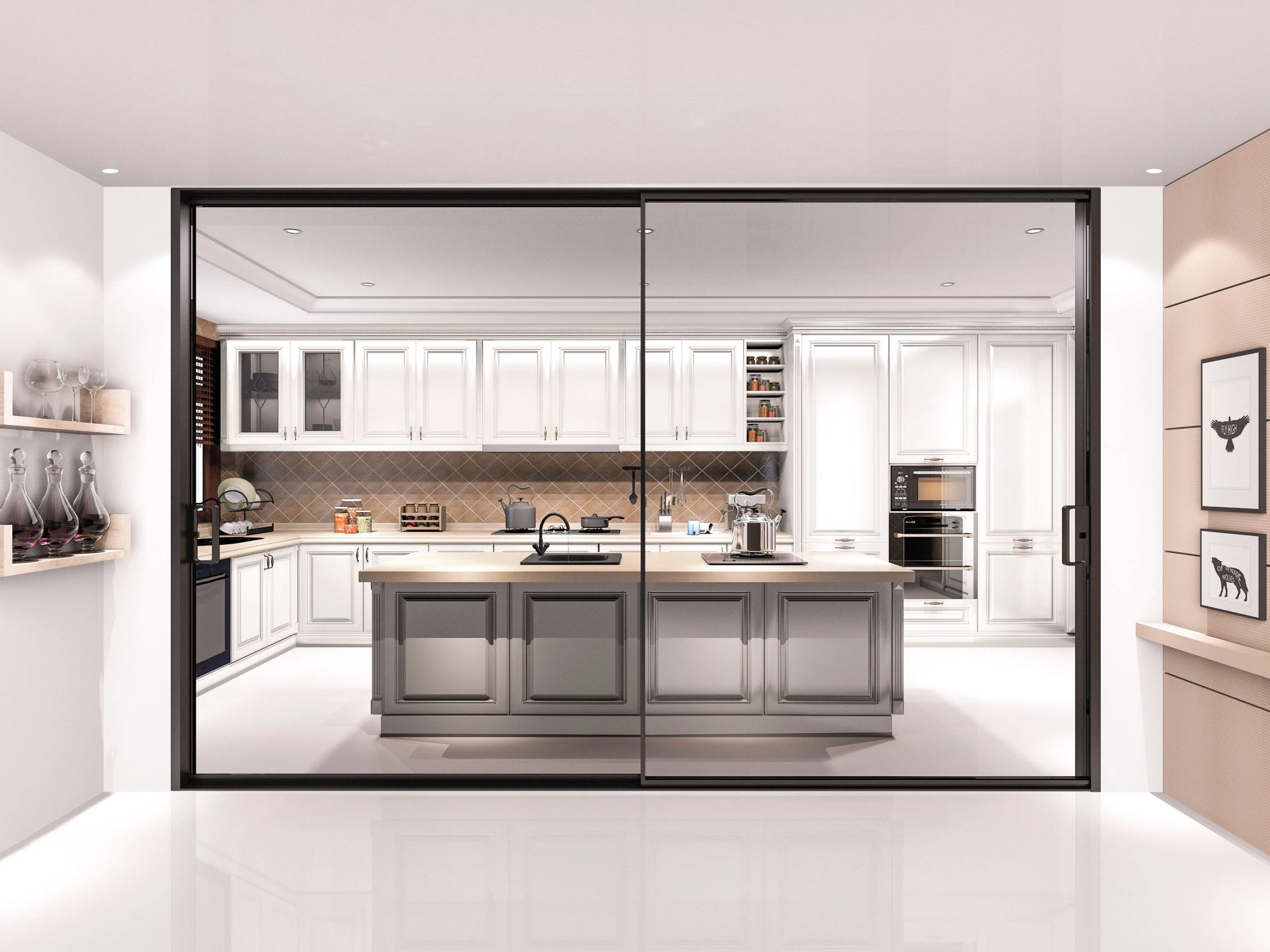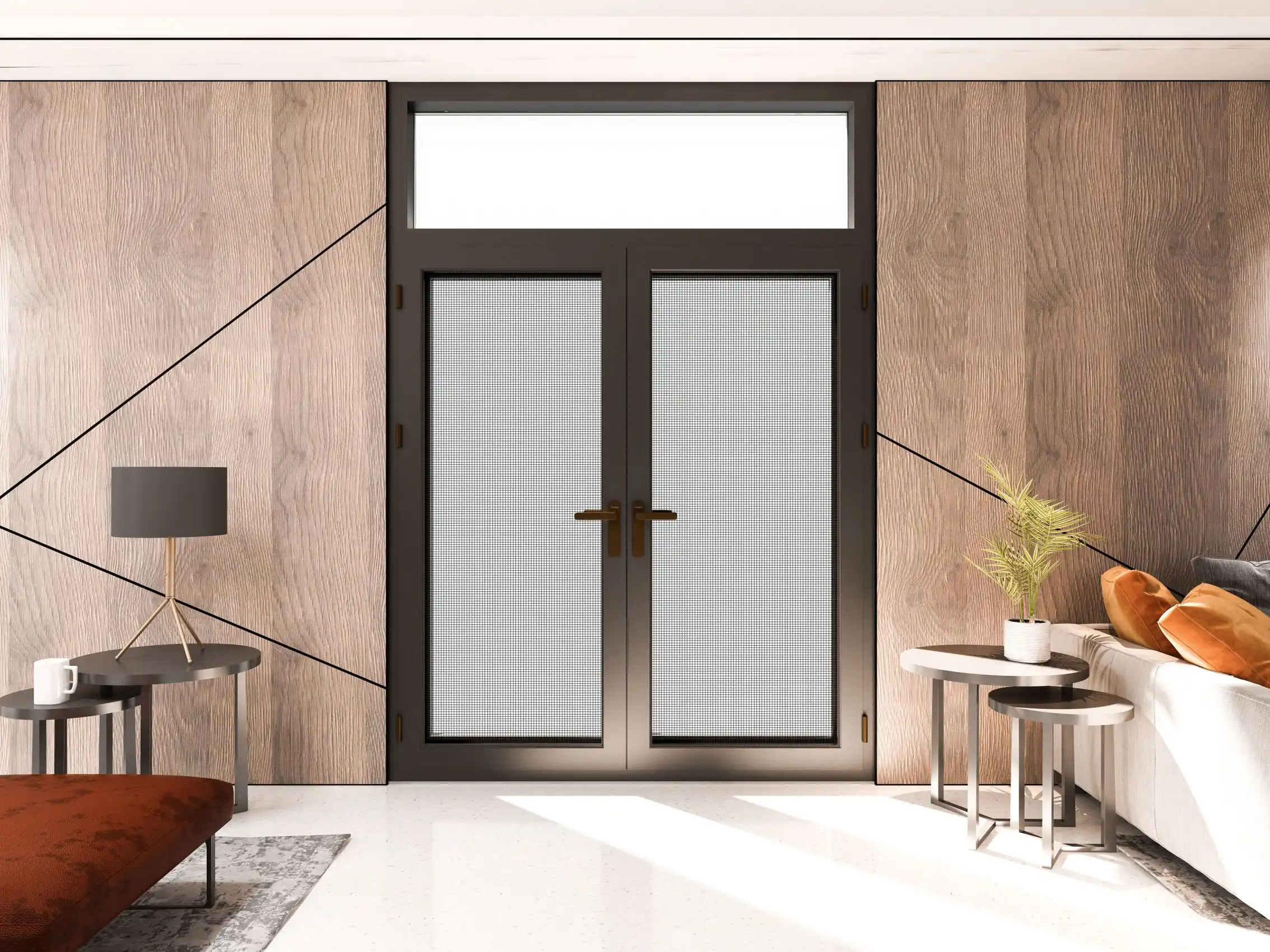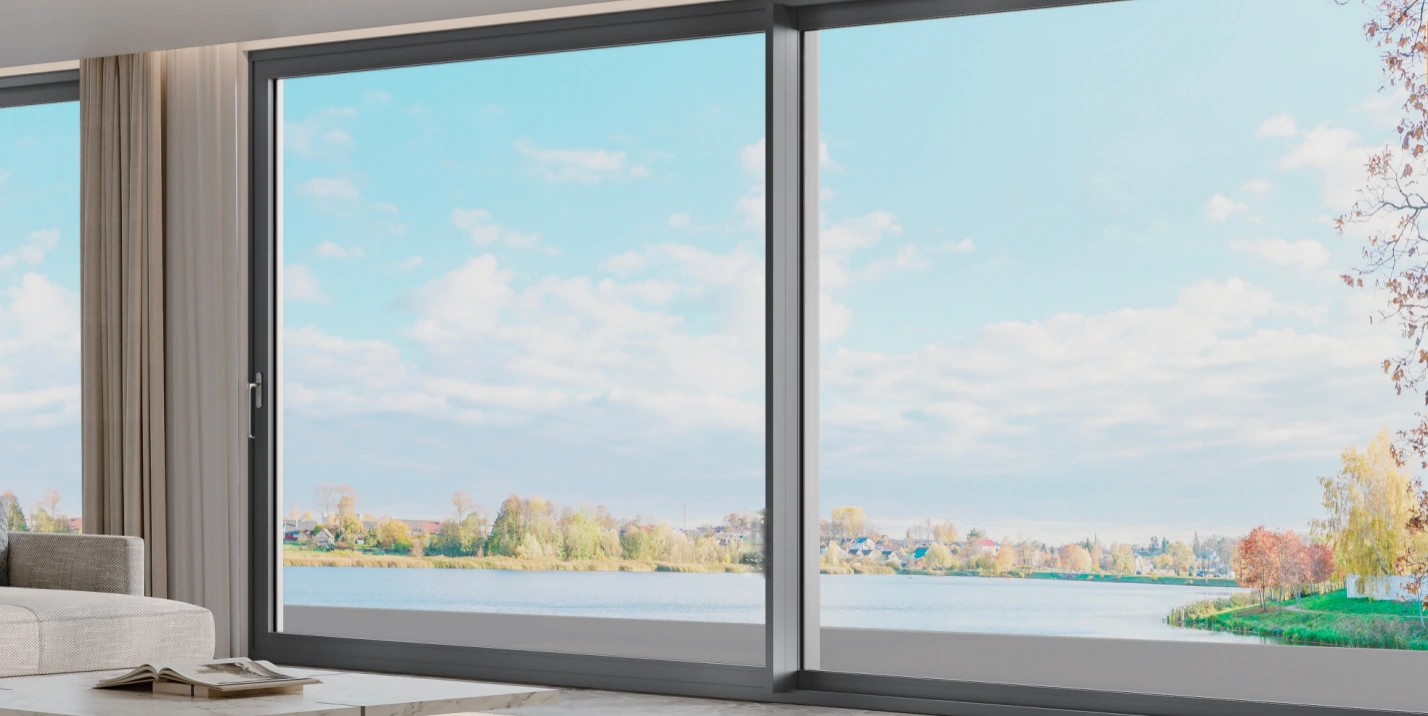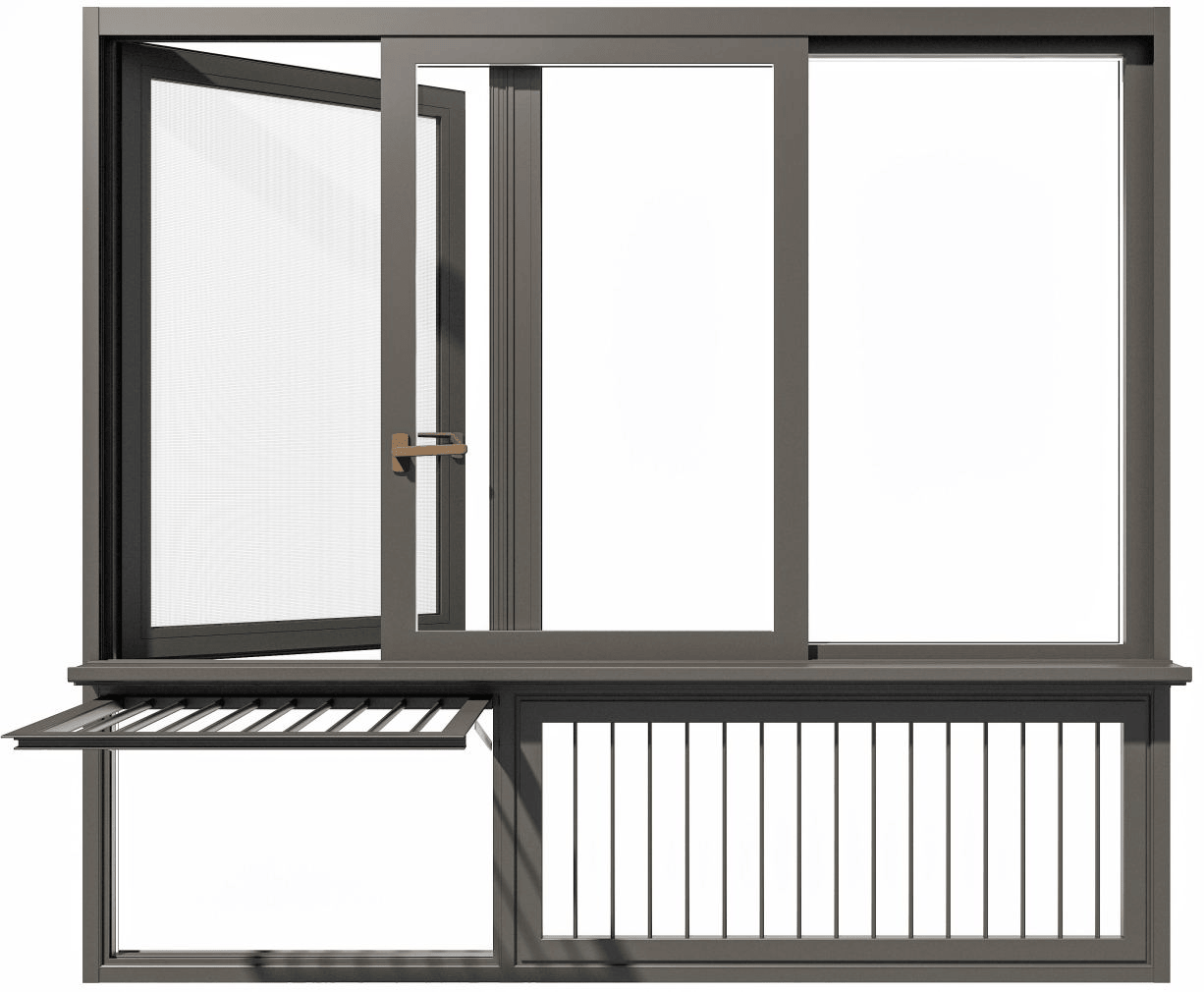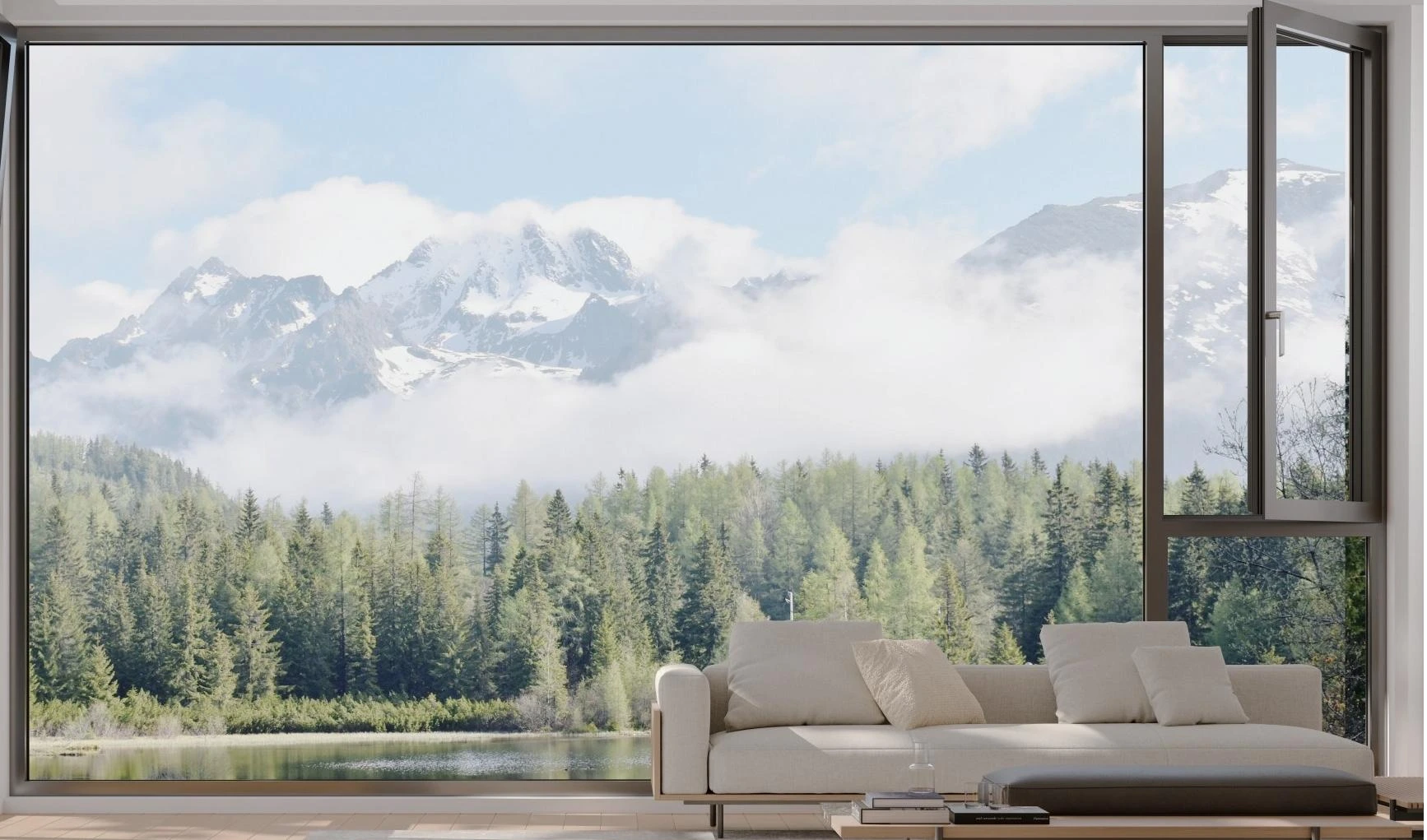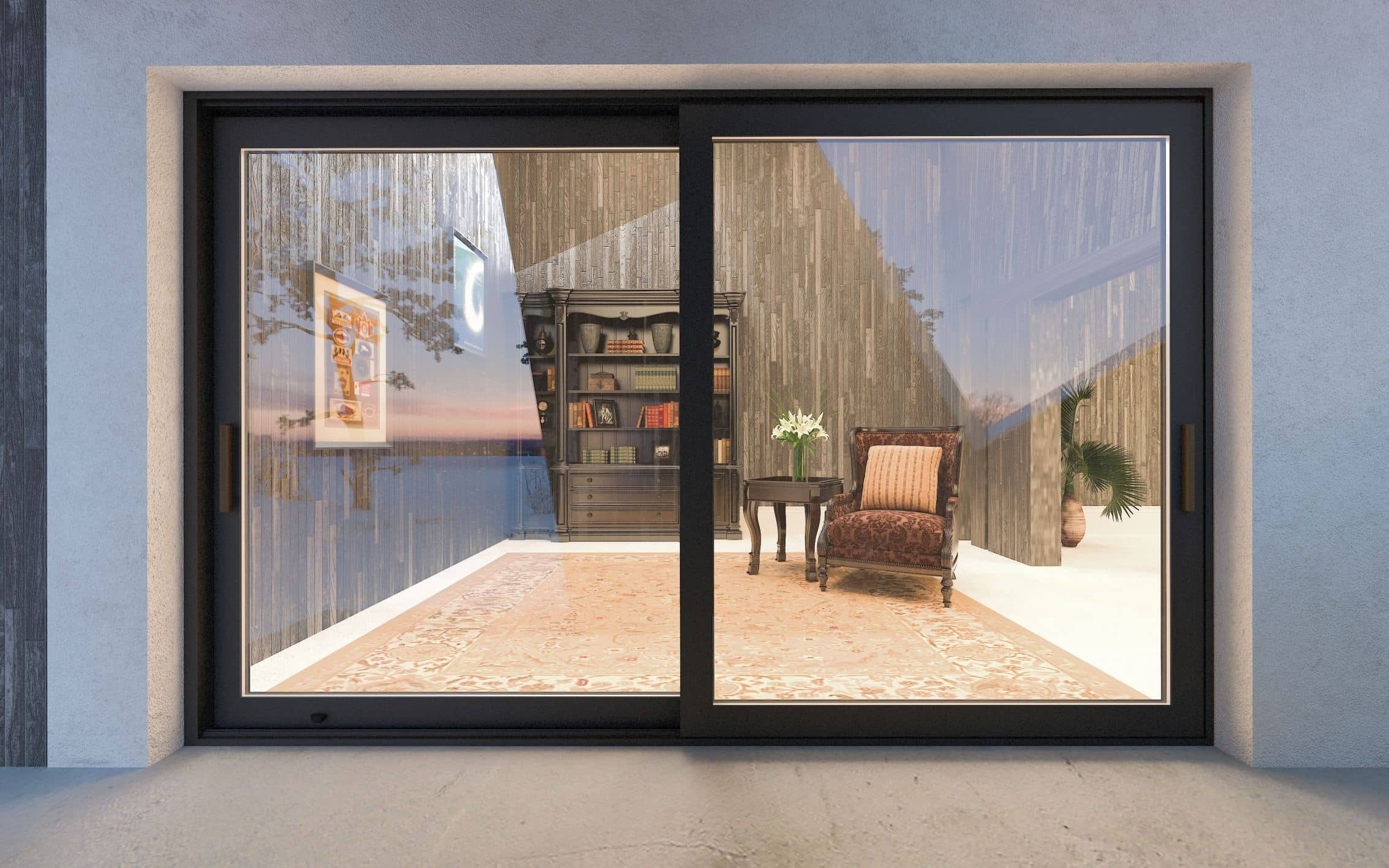In contemporary architectural design, windows are no longer seen as mere openings that allow light and air into buildings. Instead, they have evolved into highly engineered systems that integrate aesthetics, performance, safety, and sustainability. Among various window solutions, the Integrated Casement Window System stands out as one of the most versatile and efficient options for residential, commercial, and institutional buildings.
An integrated casement system combines modern engineering with user-centric design. Unlike traditional single-function windows, it incorporates multiple features into a seamless structure—ranging from thermal insulation and acoustic performance to smart automation and safety compliance. With the growing demand for energy efficiency and modern living comfort, this system has gained popularity worldwide.
The Basics of Casement Windows
A casement window is hinged on one side and opens outward or inward, usually operated by a crank, handle, or automated mechanism. It allows maximum ventilation and unobstructed views compared to sliding or fixed windows. Casement windows have been in use for centuries, but the concept of an integrated system is relatively new.
The integrated casement window system refers to a comprehensive solution that merges multiple performance attributes into one unit, such as:
Structural integration: frame, sash, hinges, and handles designed for durability and precision.
Thermal integration: multi-chamber profiles, insulated glass units (IGUs), and weatherstripping for energy efficiency.
Acoustic integration: laminated or double-glazing options for noise reduction.
Safety integration: anti-theft hardware, tempered glass, and child-safe locking mechanisms.
Smart integration: IoT-enabled sensors, remote control operation, and automated shading systems.
This multi-layered integration sets it apart from conventional casement windows, making it a future-oriented architectural choice.
Key Features of Integrated Casement Window Systems
- Enhanced Energy Efficiency
Energy conservation is a leading priority in modern construction. Integrated casement systems use insulated aluminum or uPVC frames combined with double or triple glazing. Low-E coatings and argon gas filling further enhance thermal resistance. As a result, buildings can achieve up to 40% energy savings on heating and cooling. - Superior Acoustic Insulation
In urban environments, noise pollution is a serious concern. Laminated glass and specialized sealing systems reduce external noise by 30–40 decibels, creating a quieter indoor environment ideal for offices, schools, and homes near highways or airports. - Robust Security Design
Safety is integrated at every level. Multi-point locking systems, reinforced hinges, and shatter-resistant glass protect against forced entry. Some systems are designed with European RC2 or RC3 security standards, ensuring compliance with international safety codes. - Smart Window Integration
The rise of smart homes has revolutionized window systems. Integrated casement solutions can be connected to central home automation systems. Users can control opening/closing, blinds, or ventilation via smartphones or voice assistants. Some models even feature sensors that detect rain or wind, automatically closing the window. - Customizable Aesthetics
Architects and homeowners demand flexibility in design. Integrated systems offer slimline profiles, concealed hinges, and diverse color options through powder coating, anodizing, or wood-grain finishes. This ensures seamless integration with both modern and classical architectural styles. - Sustainability and Eco-Friendly Materials
Green building certifications such as LEED or BREEAM require eco-conscious solutions. Many integrated systems use recyclable aluminum, lead-free uPVC, and water-based surface treatments. Additionally, the system’s insulation properties reduce carbon emissions from heating and cooling.
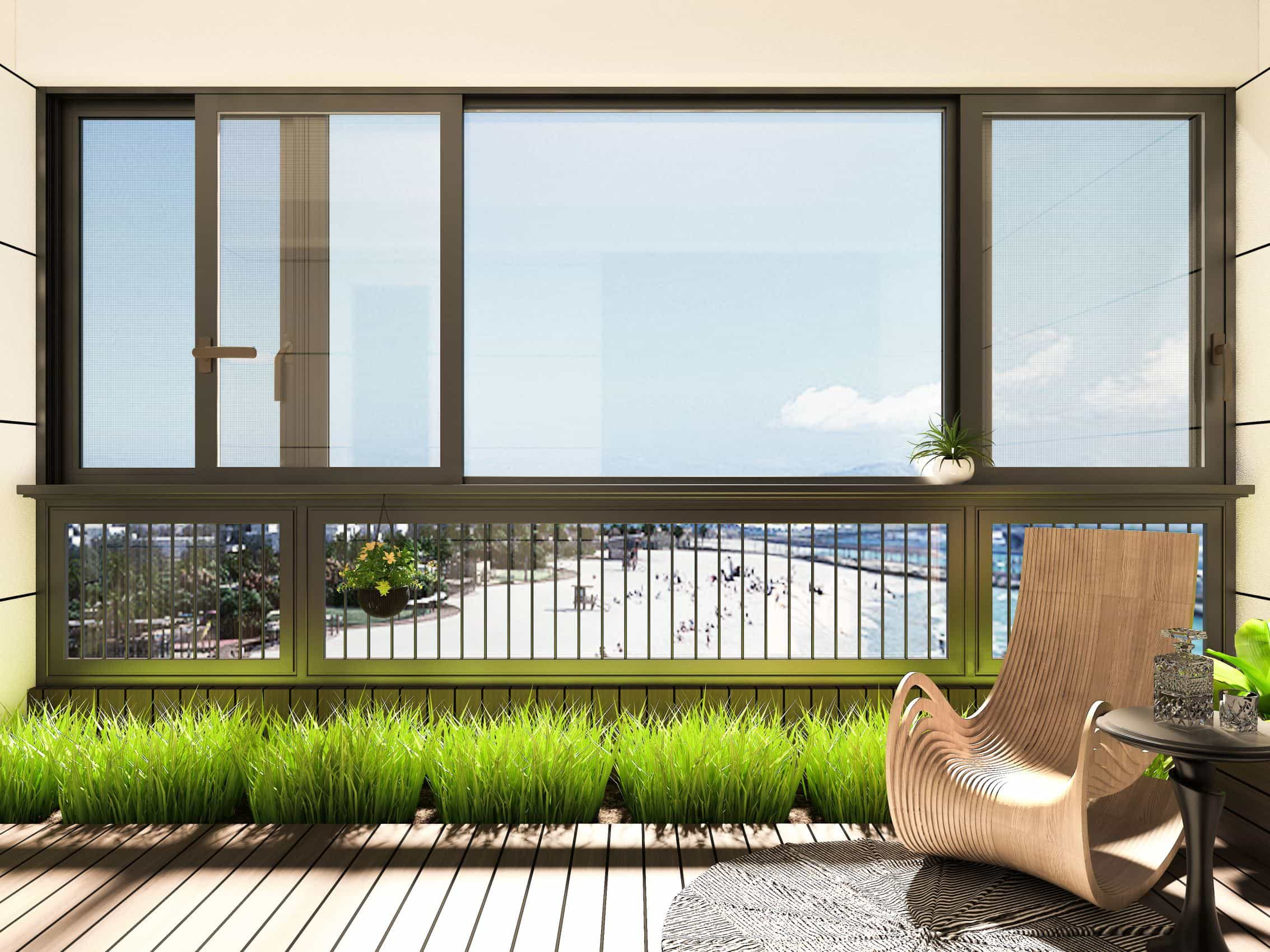
Advantages Over Traditional Window Systems
- Holistic Design: Instead of piecing together different components from multiple suppliers, integrated casement systems are designed as a unified solution.
- Lower Lifecycle Cost: Although the initial investment may be higher, long-term energy savings, minimal maintenance, and durability make it more cost-effective.
- Better Indoor Comfort: Optimal ventilation, controlled sunlight, and noise insulation ensure healthier and more comfortable living conditions.
- Architectural Flexibility: Adaptable to high-rise buildings, luxury villas, commercial offices, or institutional projects.
- Improved Safety: Anti-fall devices, child locks, and impact-resistant glazing minimize risks in both residential and public spaces.
Applications of Integrated Casement Window Systems
- Residential Buildings
In apartments and villas, integrated casement windows provide natural ventilation while maintaining energy efficiency. Their noise reduction makes them ideal for city living, while smart control features appeal to modern homeowners seeking convenience. - Commercial Spaces
For office buildings, retail stores, and corporate headquarters, integrated systems offer professional aesthetics with large glass panels that maximize daylighting. This reduces reliance on artificial lighting, boosting employee productivity and well-being. - Hospitality and Tourism
Hotels and resorts benefit from panoramic casement windows that enhance views and comfort. Double-sealed insulation ensures quiet rooms, while elegant finishes add luxury appeal. - Educational and Healthcare Facilities
Noise reduction and safety integration are crucial in schools and hospitals. Casement systems provide a balance of natural light, ventilation, and a controlled environment for sensitive applications. - High-Rise and Urban Projects
Modern skylines demand façade systems that can withstand wind loads, provide safety, and enhance visual appeal. Integrated casement systems meet strict performance standards while offering slim yet strong frames.
Installation and Maintenance Considerations
A well-designed integrated casement window system requires professional installation to ensure performance and longevity.
Installation precision: Correct leveling, sealing, and alignment are essential to avoid air leakage or structural stress.
Hardware adjustment: Multi-point locks and hinges may require fine-tuning after installation.
Maintenance: Regular cleaning of frames, glass, and gaskets prolongs service life. Lubricating moving parts ensures smooth operation.
Inspection: Annual inspections of sealing and drainage systems prevent moisture infiltration.
Due to their engineered nature, integrated systems are often supported by manufacturer-provided service contracts, ensuring long-term reliability.
Challenges and Limitations
Despite their advantages, integrated casement window systems face certain challenges:
Higher Initial Costs: Advanced materials, smart features, and precision engineering increase upfront investment.
Complex Installation: Requires skilled professionals, which may raise labor costs.
Weight Concerns: Large glazed units can be heavy, requiring reinforced structures.
Regional Climate Variability: Systems must be adapted to local weather conditions, such as extreme cold, heat, or humidity.
However, with continuous innovation and mass adoption, these limitations are gradually being minimized.
Future Trends in Integrated Casement Window Systems
Integration with Renewable Energy
Solar-powered smart windows that generate electricity while providing shading and insulation.Advanced Materials
Use of graphene-coated glass or aerogel insulation for superior thermal performance.Artificial Intelligence (AI) and IoT
Windows that analyze environmental conditions, air quality, and user behavior to adjust ventilation or lighting automatically.Sustainable Circular Design
100% recyclable materials and modular construction to reduce environmental impact at the end of life cycle.Adaptive Transparency
Electrochromic or smart glass technologies that allow users to adjust transparency or tint for privacy and sunlight control.
The Integrated Casement Window System represents a new era in window technology, merging engineering excellence with modern lifestyle needs. From energy savings and noise reduction to smart automation and sleek design, it offers holistic benefits that go beyond traditional window solutions.
As the demand for sustainable and intelligent building solutions grows, integrated casement windows are poised to become the standard choice for architects, developers, and homeowners worldwide. They not only enhance building performance but also elevate the quality of life for occupants.
In the near future, with continuous advancements in materials science, IoT integration, and eco-friendly practices, these systems will redefine how we perceive and interact with architectural spaces—making buildings not just smarter, but also more human-centered and sustainable.

